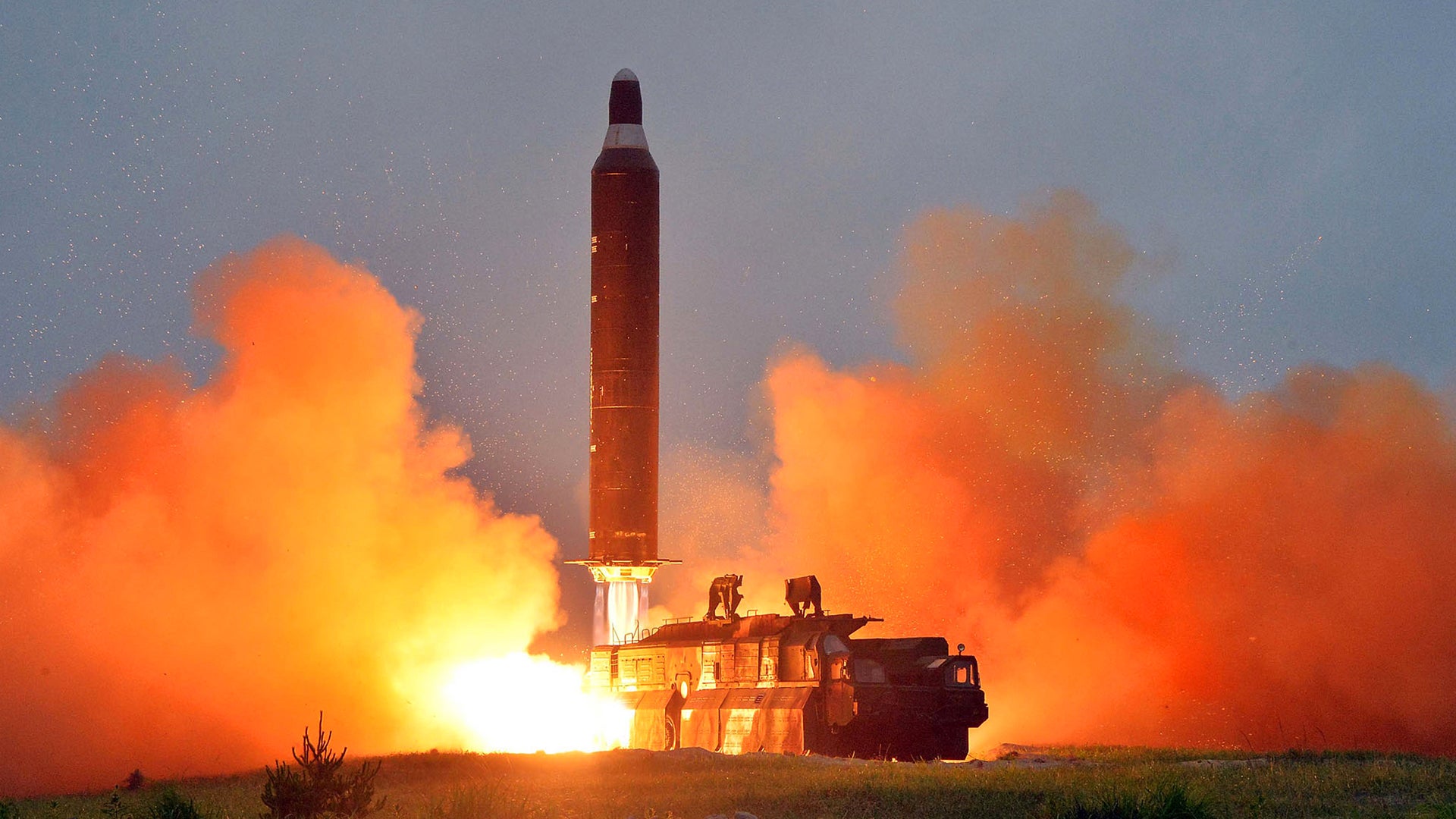The world watched this week as North Korea moved transporter-erector-launchers (TEL) loaded with BM-25 Musudan ballistic missiles near the eastern port city of Wonsan, located about 60 miles north of the DMZ. Tests of these intermediate-range ballistic missile have failed, but as The War Zone noted previously, the fact that North Korea went from years of not testing this missile design at all to rapidly doing so represents a massive strategic weapons development pivot, and it would only be a matter of time before it paid off. Now, it’s done just that.
The first of two Musudan test launches occurred at 5:58 AM on Wednesday. The missile failed shortly after lifting off, but the second, which launched at 8:05 AM, traveled down-range 250 miles towards the east and reached an altitude of just over 620 miles. This was the sixth-ever test flight of a BM-25, and the first success.
North Korean state media quoted Kim Jong Un as stating that the successful test flight of the Musudan was “a great event,” and that “we have the sure capability to attack in an overall and practical way the Americans in the Pacific operation theatre.”

Although more tests and design refinements will be needed to prove that the Musudan is in fact a reliable weapon system, Kim is accurate when he says that the missile could give his regime the capacity to strike American interests throughout the Pacific. The Musudan is thought to have a range of up to 2,500 miles, putting it well within striking distance of Guam, and everything in between.

An emergency UN Security Council meeting has been held concerning this successful test, but aside from harsh rhetoric there’s little the UN can do beyond the already crushing sanctions put in place against the North Korean regime. That is, without China stepping in unilaterally and threatening to cut off of energy- and food supplies, and pretty much everything else that North Korea depends on for day-to-day life.
Not only is North Korea’s tubrocharged push to develop operational ballistic missile capabilities (as well as the miniaturized nuclear warheads to sit atop them) fueling increased interest in regional anti-ballistic missile defense systems, it’s also making Pyongyang’s non-nuclear neighbors contemplate developing their own second-strike deterrents.

If left unchecked, North Korea will likely have a tested nuclear warhead and operational IRBM capability by early next decade. Paired with the “Hermit Kingdom’s” recent advancements in solid-fuel rocket tech, it could result in massive strategic shifts in a region that is only becoming more volatile and heavily militarized.
Contact the author Tyler@thedrive.com
